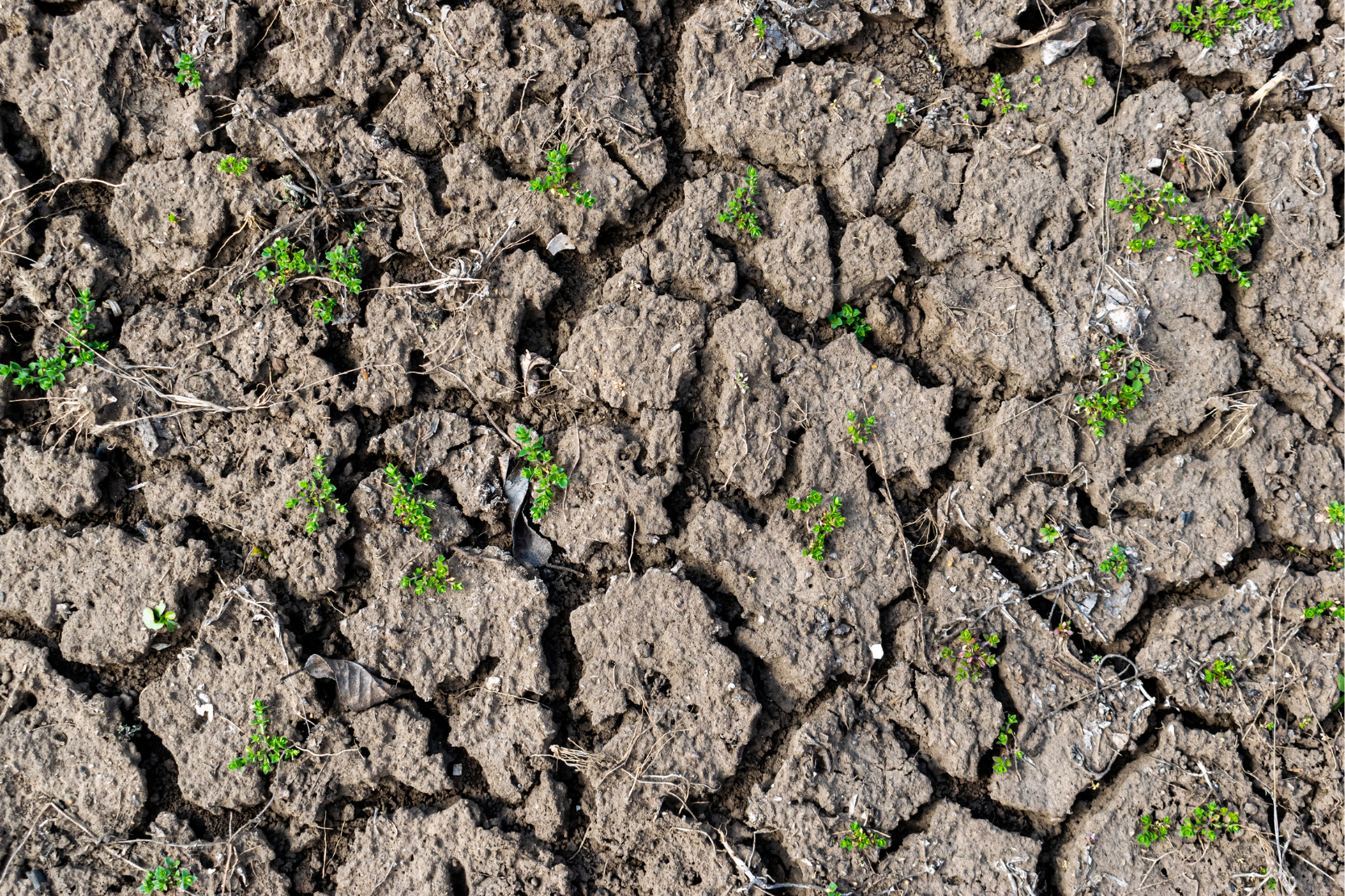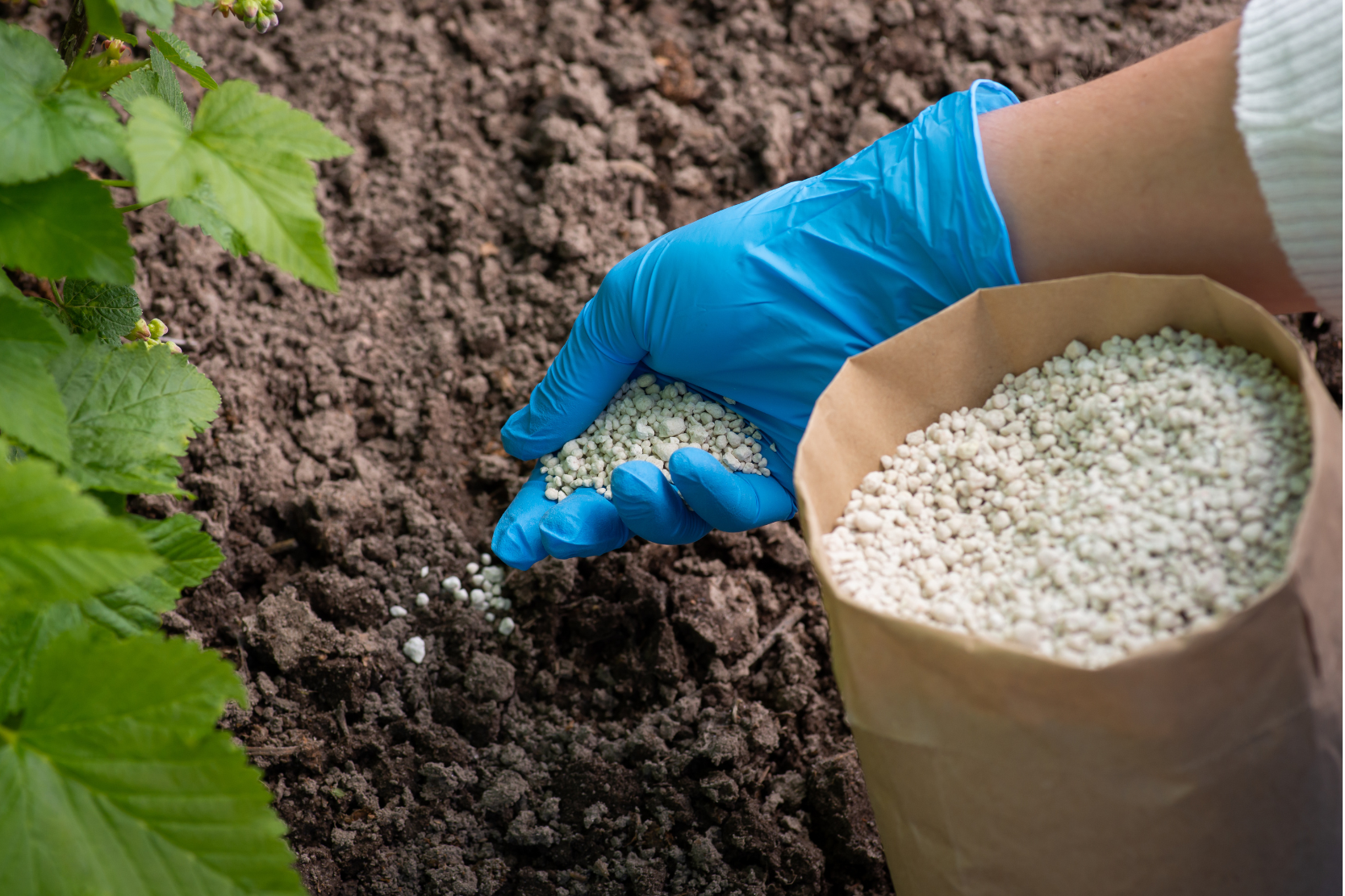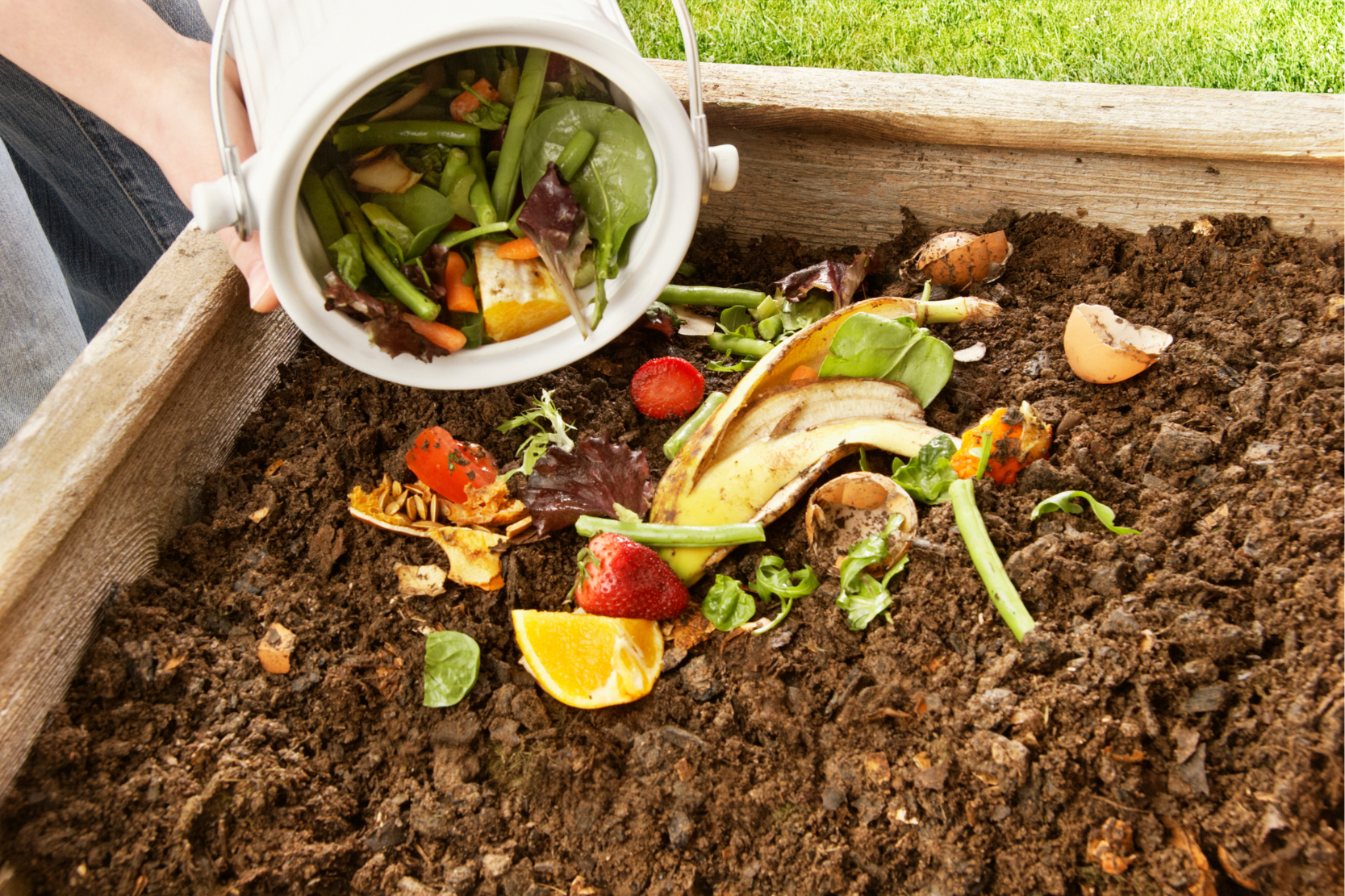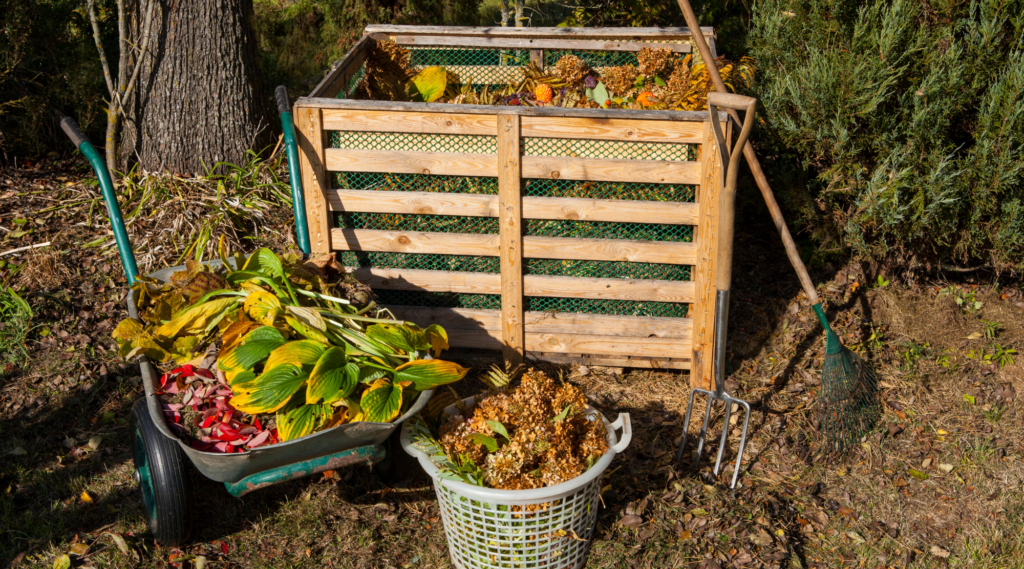Introduction
Soil is the foundation of every successful garden. Whether you’re growing vegetables, flowers, or fruit trees, healthy soil ensures your plants receive the nutrients, water, and support they need. Without proper soil health and fertilization, even the most carefully tended plants will struggle to thrive. But what exactly makes soil “healthy,” and how can you improve the soil in your own garden? This guide will take you through everything you need to know about soil health and fertilization to ensure your garden flourishes.
In this comprehensive guide, we’ll cover what soil health means, how to diagnose common soil problems, the different types of fertilizers, and best practices for maintaining soil fertility. Whether you’re a seasoned gardener or a beginner, understanding soil health is key to creating a sustainable, thriving garden. So, let’s dive in and explore how to transform your soil into a powerhouse of nutrients and life!
What is Soil Health?
Soil health refers to the ability of soil to sustain plant and animal productivity, maintain or enhance water and air quality, and support plant health. Healthy soil is more than just dirt—it’s a living ecosystem made up of microorganisms, organic matter, minerals, and nutrients. This complex mix provides the structure, water retention, and nutrient availability that plants need to thrive.
Soil health is influenced by several factors, including its structure, nutrient content, organic matter, microbial activity, and pH level. The balance between these elements determines how well your plants will grow. Healthy soil retains moisture without becoming waterlogged, provides essential nutrients, and supports the roots of plants by maintaining a well-structured composition.

Why Soil Health is Critical for Your Garden
Soil plays a central role in plant growth. It serves as a medium for roots to anchor, supplies water and nutrients, and houses billions of microorganisms that help break down organic matter and release essential nutrients. Without healthy soil, plants struggle to absorb the nutrients they need, leading to poor growth, susceptibility to disease, and low yields.
Healthy soil helps your garden in the following ways:
- Improves nutrient availability: Healthy soil contains a balance of essential nutrients, including nitrogen, phosphorus, and potassium, which are crucial for plant growth.
- Enhances water retention: Good soil structure ensures that water is absorbed and retained efficiently, providing plants with consistent hydration.
- Supports root development: Healthy soil has an ideal balance of air, water, and organic matter, which promotes strong root growth and stability.
- Boosts disease resistance: Well-maintained soil fosters beneficial microorganisms that help protect plants from harmful pathogens.
Signs of Unhealthy Soil
Recognizing the signs of unhealthy soil can help you address problems before they harm your plants. Some common indicators of poor soil health include:
- Poor plant growth: Plants growing in unhealthy soil may have stunted growth or appear weak, even with proper watering and sunlight.
- Yellowing leaves: Nutrient deficiencies, such as a lack of nitrogen, can cause leaves to turn yellow or pale.
- Water pooling: If water sits on the surface of the soil after watering, it may indicate poor drainage or compacted soil.
- Compacted soil: Hard, dense soil that is difficult to dig into is a sign of compaction, which restricts root growth and reduces aeration.
If you notice any of these signs, it’s time to test your soil and make adjustments to improve its health.
Understanding Soil Composition
Soil is made up of three main components: sand, silt, and clay. The ratio of these components determines the soil’s texture, which affects its drainage, nutrient retention, and ability to support plant roots.
- Sand: Large particles that provide good drainage but do not retain nutrients well.
- Silt: Medium-sized particles that retain water and nutrients more effectively than sand.
- Clay: Small particles that hold water and nutrients but can cause soil to become compacted if present in excess.
The ideal soil for most plants is loamy soil, a balanced mix of sand, silt, and clay. Loamy soil provides good drainage while retaining enough water and nutrients for healthy plant growth. If your soil is too sandy or too clay-heavy, you can improve its texture by adding organic matter, such as compost or mulch.

Key Nutrients in Soil Health
Soil contains essential nutrients that plants need to grow. The three primary nutrients, known as macronutrients, are:
- Nitrogen (N): Promotes leafy growth and is essential for photosynthesis.
- Phosphorus (P): Supports root development and flowering.
- Potassium (K): Enhances overall plant health and disease resistance.
In addition to macronutrients, plants also need micronutrients in smaller amounts, such as calcium, magnesium, sulfur, iron, and zinc. Although these nutrients are required in lesser quantities, they are just as important for plant development and should not be overlooked.
Organic vs. Synthetic Fertilizers
Fertilizers provide the essential nutrients that soil may lack, helping to maintain plant growth and productivity. Fertilizers can be classified into two main types: organic and synthetic.
Organic Fertilizers
Organic fertilizers are derived from natural sources such as compost, manure, bone meal, and fish emulsion. These fertilizers release nutrients slowly, allowing plants to absorb them over time. Organic fertilizers also improve soil structure by increasing the organic matter content, which enhances water retention and encourages beneficial microorganisms.
Benefits of organic fertilizers include:
- Improves soil health: Organic fertilizers add organic matter to the soil, improving its structure and promoting long-term fertility.
- Encourages beneficial organisms: Organic fertilizers support the growth of microorganisms that help break down nutrients and make them available to plants.
- Environmentally friendly: Organic fertilizers are less likely to contribute to pollution or harm the environment compared to synthetic fertilizers.
Synthetic Fertilizers
Synthetic fertilizers are manufactured using chemical processes and typically contain higher concentrations of nutrients. They provide a quick nutrient boost to plants but can lead to soil degradation over time if used excessively.
Drawbacks of synthetic fertilizers include:
- Potential for over-fertilization: Synthetic fertilizers release nutrients quickly, which can lead to nutrient imbalances or even damage to plants if not applied properly.
- Soil degradation: Overuse of synthetic fertilizers can reduce organic matter in the soil, leading to poor soil structure and decreased microbial activity.
- Environmental impact: Synthetic fertilizers can contribute to pollution if they run off into waterways, leading to problems like algal blooms.
While synthetic fertilizers may provide immediate results, organic fertilizers are a better option for maintaining long-term soil health and sustainability.

Composting: The Heart of Organic Soil Fertilization
Composting is one of the best ways to improve soil health naturally. By recycling organic waste from your kitchen and garden, you can create a nutrient-rich compost that enhances soil fertility and structure. Composting adds essential nutrients, improves water retention, and encourages the growth of beneficial organisms.
How to Make Compost
Creating compost at home is easy and environmentally friendly. Follow these steps to start composting:
- Set up a compost bin or pile in a well-drained area of your garden.
- Collect organic materials such as vegetable scraps, coffee grounds, grass clippings, and leaves. Avoid composting meat, dairy, and oily foods.
- Alternate layers of “green” materials (nitrogen-rich, like grass clippings) with “brown” materials (carbon-rich, like dry leaves).
- Keep the compost pile moist but not waterlogged. Turn it regularly to aerate and speed up decomposition.
- After a few months, your compost will break down into a dark, crumbly material that’s ready to use in your garden.
Compost not only provides essential nutrients for your plants but also improves soil structure by increasing organic matter, enhancing moisture retention, and supporting microbial life.
The Role of Microorganisms in Soil Health
Soil is alive with millions of microorganisms, including bacteria, fungi, protozoa, and earthworms. These organisms play a vital role in maintaining soil health by breaking down organic matter, cycling nutrients, and improving soil structure. They help decompose plant and animal remains, turning them into nutrients that plants can easily absorb.
Beneficial microbes, such as mycorrhizal fungi, form symbiotic relationships with plant roots. They enhance the plant’s ability to take up water and nutrients, particularly phosphorus, by extending the reach of the roots. In return, the plants provide the fungi with carbohydrates from photosynthesis.
To encourage the growth of beneficial microorganisms in your soil:
- Add organic matter such as compost or mulch regularly to feed the microbes.
- Avoid the overuse of chemical fertilizers and pesticides, as they can harm soil life.
- Use cover crops or green manure to protect and enrich the soil during off-seasons.

Soil pH and Its Importance
Soil pH measures the acidity or alkalinity of your soil. Most plants grow best in slightly acidic to neutral soil, with a pH between 6.0 and 7.0. Soil pH affects the availability of nutrients, as certain nutrients are more accessible to plants at specific pH levels. For example, in highly acidic soils, nutrients like phosphorus become less available, while micronutrients like iron may become too concentrated, leading to toxicity.
To determine your soil’s pH, you can use a home soil test kit or send a sample to a local agricultural extension office. If your soil pH is not within the ideal range for your plants, you can adjust it:
- For acidic soil: Add lime (calcium carbonate) to raise the pH.
- For alkaline soil: Add sulfur or organic matter such as compost to lower the pH.
Regularly monitoring and adjusting soil pH is crucial to maintaining healthy plants and ensuring they can access the nutrients they need.
Fertilization Strategies for Different Types of Plants
Different types of plants have varying nutrient requirements, and fertilization should be tailored to their specific needs. Here’s how to fertilize common plant types:
- Annuals: These fast-growing plants, such as flowers and vegetables, need regular fertilization throughout the growing season. A balanced fertilizer (such as 10-10-10) applied every 4-6 weeks will support growth and flowering.
- Perennials: Since these plants return year after year, it’s essential to fertilize them in early spring as they begin to grow and again after they bloom. Use a slow-release or organic fertilizer to provide a steady nutrient supply.
- Vegetables: Vegetables often require extra nitrogen for leafy growth, especially crops like lettuce and spinach. For root crops like carrots and potatoes, phosphorus is more important. Fertilize vegetables before planting and again as they grow, adjusting the nutrients based on the specific crop.
- Fruit trees: Fruit trees need regular fertilization, particularly in the early spring before fruiting. Use a balanced fertilizer or one slightly higher in phosphorus to support root and fruit development.
Applying the right fertilizers at the correct stages of plant growth ensures they receive the nutrients they need for optimal health and productivity.

Sustainable Fertilization Practices
Maintaining soil fertility while minimizing environmental impact is essential for sustainable gardening. Here are some eco-friendly fertilization practices to consider:
Cover Crops
Planting cover crops, such as clover, rye, or legumes, can significantly improve soil health. These plants protect the soil from erosion, suppress weeds, and add organic matter when turned back into the soil. Legumes, in particular, fix nitrogen from the atmosphere into the soil, naturally enriching it.
Crop Rotation
Crop rotation involves planting different types of crops in the same area in sequential seasons. This practice helps prevent the depletion of specific nutrients, as different crops have varying nutrient needs. For example, rotating nitrogen-hungry crops like corn with nitrogen-fixing crops like beans can keep soil nutrient levels balanced.
Mulching
Mulching with organic materials, such as straw, leaves, or wood chips, helps conserve soil moisture, reduce weed growth, and slowly add organic matter as it decomposes. Organic mulch also creates a barrier that protects the soil from extreme temperatures and erosion.
Improving Soil Structure for Long-Term Health
Good soil structure is essential for healthy plant growth. Soil structure refers to how individual soil particles (sand, silt, clay) are arranged into clumps, or aggregates. Well-structured soil has spaces (pores) that allow air, water, and roots to move freely. However, compaction, overworking, and poor management can degrade soil structure.
Aeration
If your soil is compacted, aeration is necessary to create spaces for air and water to penetrate the soil. You can aerate small areas of soil using a garden fork to break up compacted areas or use mechanical aerators for larger spaces. Aeration allows roots to grow deeper and improves water infiltration.
Adding Organic Matter
Organic matter, such as compost or well-rotted manure, improves soil structure by binding soil particles together into aggregates. This improves drainage in clay soils and water retention in sandy soils. Adding organic matter regularly can help maintain healthy soil structure over time.
Watering and Irrigation Techniques for Soil Health
Watering practices play a significant role in maintaining soil health. Overwatering can lead to soil erosion, nutrient leaching, and root rot, while underwatering stresses plants and reduces nutrient uptake. Here are some tips to optimize watering for soil health:
- Water deeply and less frequently: Deep watering encourages plants to develop deeper root systems, which makes them more resilient to drought. Water less often but for longer periods to ensure water reaches the root zone.
- Use drip irrigation: Drip irrigation delivers water directly to the base of plants, reducing evaporation and preventing soil erosion. This method is especially beneficial for maintaining healthy soil structure.
- Avoid watering during the hottest part of the day: Watering in the early morning or late afternoon reduces water loss through evaporation and ensures plants have enough moisture throughout the day.
Common Soil Health Problems and How to Fix Them
Even with careful management, soil health problems can arise. Here are some common issues and solutions:
- Compacted soil: Compaction reduces aeration and water infiltration. Solution: Aerate the soil and add organic matter to improve structure.
- Poor drainage: If your soil doesn’t drain well, it can lead to waterlogged roots. Solution: Incorporate sand or organic matter to improve drainage and consider using raised beds in areas with heavy clay soil.
- Nutrient deficiencies: Yellowing leaves or poor plant growth may indicate a lack of essential nutrients. Solution: Test your soil and amend with appropriate fertilizers or organic matter to address deficiencies.

Conclusion
Soil health is the cornerstone of a successful garden. By understanding your soil’s composition, maintaining proper nutrient levels, and using sustainable fertilization practices, you can ensure that your plants thrive. Regularly adding organic matter, monitoring soil pH, and supporting beneficial microorganisms will help keep your soil healthy for years to come.
Invest time in your soil, and the results will be a flourishing, vibrant garden that yields healthy plants and abundant harvests. Remember, healthy soil is an ongoing commitment, but the rewards—lush growth, beautiful blooms, and bountiful harvests—are well worth the effort.
FAQs
1. How often should I fertilize my garden soil?
The frequency of fertilization depends on the type of plants you’re growing. For most plants, fertilizing once at the beginning of the growing season and again mid-season is sufficient. Vegetables and annuals may require more frequent feeding, while perennials and trees may need less.
2. Can I use kitchen scraps as fertilizer?
Yes, kitchen scraps like vegetable peels, coffee grounds, and eggshells can be composted to create a nutrient-rich fertilizer for your garden. However, avoid adding meat, dairy, and oils as they can attract pests and slow down the composting process.
3. How do I know if my soil is lacking nutrients?
Signs of nutrient deficiencies include poor plant growth, yellowing leaves, and stunted development. A soil test can help you identify nutrient levels and allow you to






















